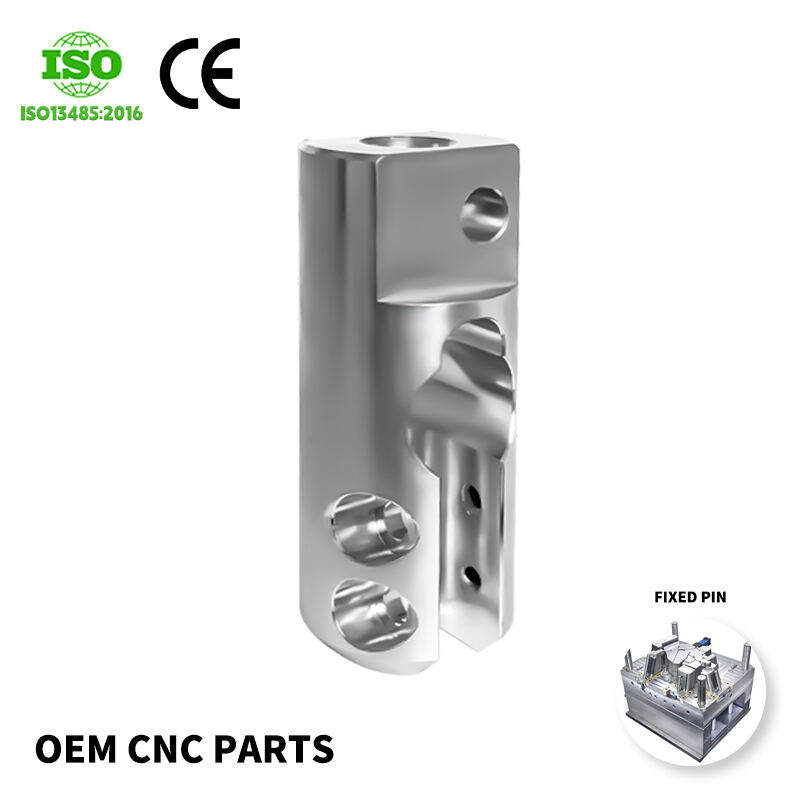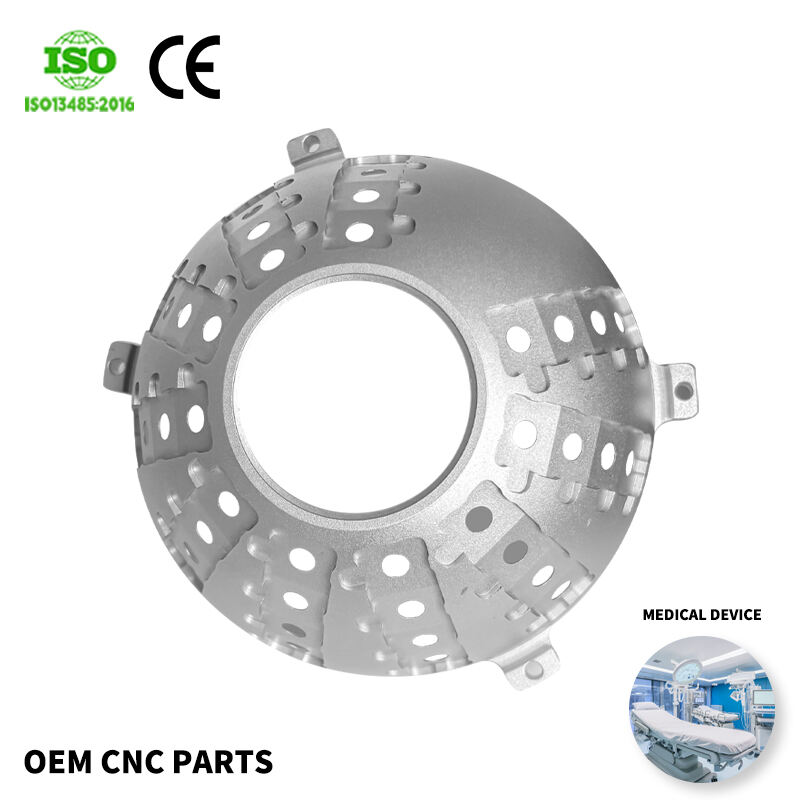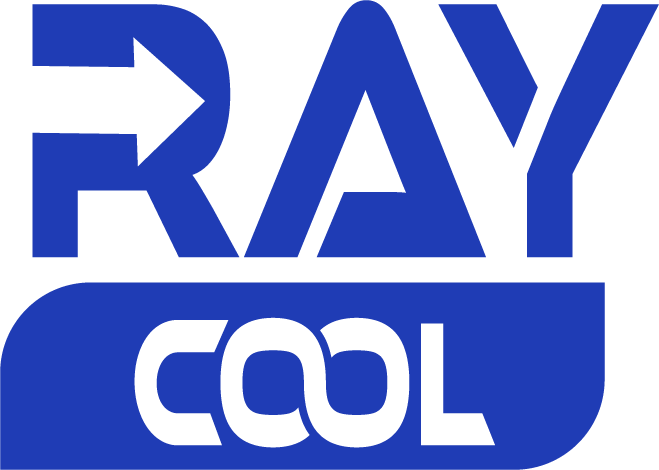cnc turning part manufacturing
CNC turning part manufacturing represents a cutting-edge precision machining process that transforms raw materials into high-quality cylindrical components through computer-controlled turning operations. This advanced manufacturing method employs sophisticated CNC lathes that rotate the workpiece while stationary cutting tools remove material to create the desired shape. The process excels in producing complex geometries, internal and external threads, tapers, and various diameters with exceptional accuracy. Modern CNC turning centers can achieve tolerances as tight as ±0.0001 inches, making them ideal for manufacturing critical components across various industries. The technology incorporates multiple axes of motion, allowing for simultaneous operations and the creation of intricate features in a single setup. These machines can handle a wide range of materials, from common metals like aluminum and steel to exotic alloys and plastics. The process is particularly valuable in high-precision applications where consistency and repeatability are crucial. Advanced features such as live tooling and sub-spindles enable complete part production without manual intervention, significantly reducing production time and potential for human error.



